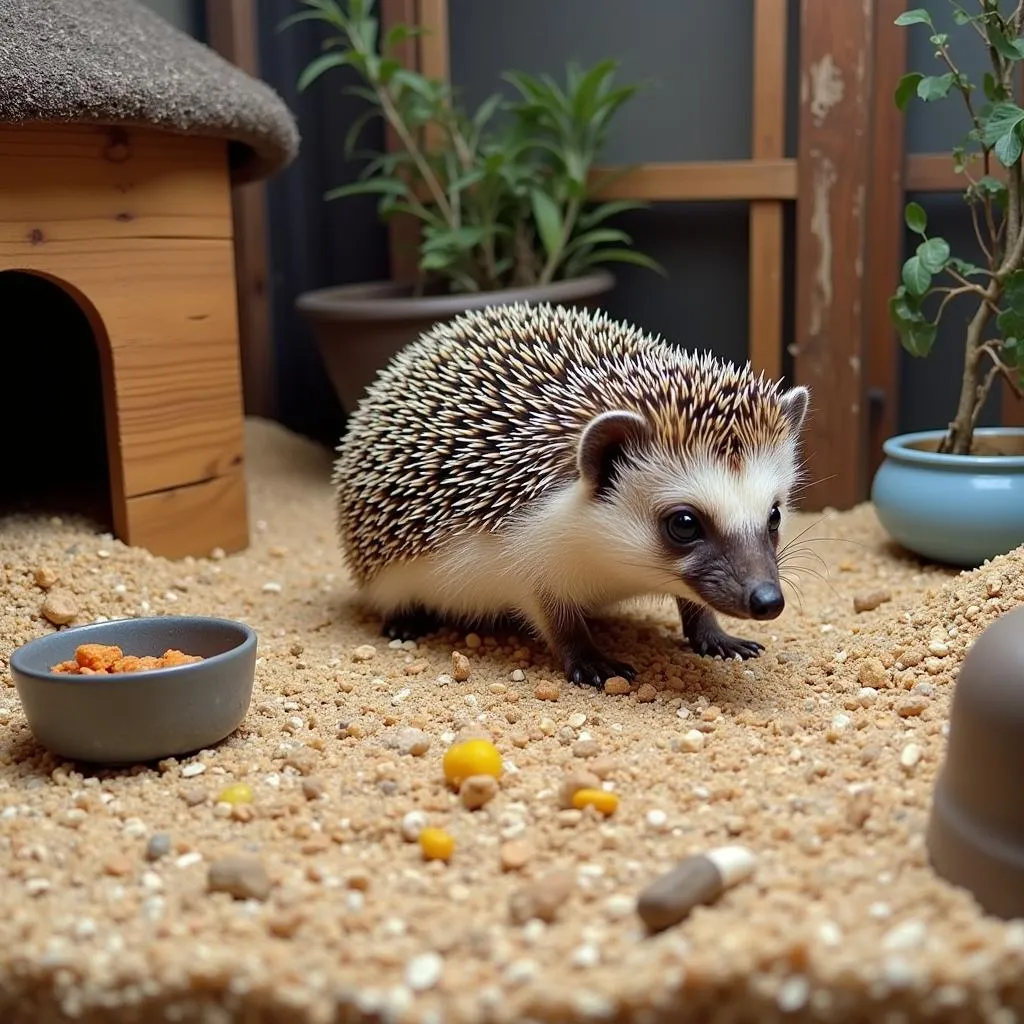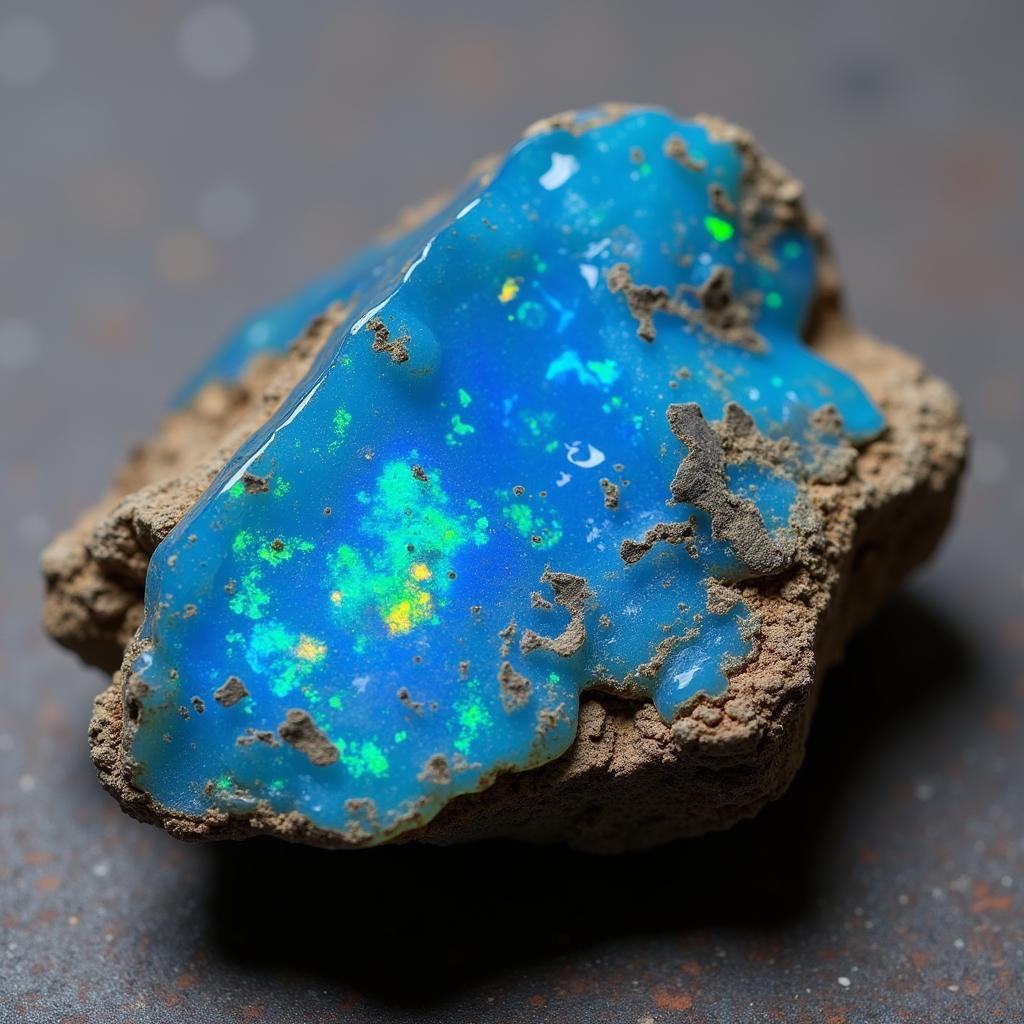Unveiling the Secrets of the African Hedgehog Habitat
The African hedgehog, a captivating creature native to the savannas, woodlands, and grasslands of Africa, has charmed its way into the hearts of many. But have you ever wondered about the natural habitat of this prickly yet endearing animal? Understanding the African Hedgehog Habitat is crucial for their well-being, whether they roam free in the wild or reside in our homes as beloved pets.
 An African hedgehog foraging in tall grass
An African hedgehog foraging in tall grass
The Ideal African Hedgehog Home: A Blend of Comfort and Security
In their natural environment, African hedgehogs are masters of adaptation, thriving in a variety of habitats across the African continent. These habitats share key characteristics that provide the hedgehogs with the perfect balance of sustenance, shelter, and protection from predators.
Seeking Refuge: Burrows and Nests
African hedgehogs are primarily nocturnal animals, spending their days tucked away in burrows or nests. These safe havens are typically found:
- Underneath fallen logs or rocks: These natural structures offer readily available shelter.
- In abandoned burrows: Hedgehogs often take advantage of burrows dug by other animals.
- Among dense vegetation: Thick shrubs and grasses provide excellent camouflage and protection.
These burrows and nests are not just places to sleep; they also offer insulation from extreme temperatures and a safe space to raise their young.
 An African hedgehog peeking out from its burrow
An African hedgehog peeking out from its burrow
The Foraging Grounds: A Diverse Diet in the Wild
African hedgehogs are insectivores, with their diet primarily consisting of:
- Insects: Beetles, grasshoppers, caterpillars, and worms form the bulk of their diet.
- Other invertebrates: Snails, slugs, and spiders are also on the menu.
- Small vertebrates: Occasionally, they might consume small reptiles, amphibians, or bird eggs.
Their diverse diet highlights their important role in maintaining ecological balance within their habitat.
Navigating Threats: Predators and Survival Tactics
Life in the wild is fraught with danger, and African hedgehogs have developed a range of defenses against predators:
- Spines: Their most distinctive feature, spines, provide effective protection from many predators.
- Rolling into a ball: When threatened, they curl into a tight ball, shielding their vulnerable underbelly.
- Hissing and puffing: These vocalizations serve as warnings to deter potential threats.
While these adaptations provide some protection, African hedgehogs still face threats from larger predators like owls, snakes, and jackals.
Recreating a Natural Haven: The African Hedgehog Enclosure
For those who share their homes with these fascinating creatures, replicating key elements of their natural habitat within a spacious enclosure is essential.
- Substrate: Provide a thick layer of aspen shavings or paper-based bedding for burrowing.
- Hideaways: Offer multiple hides, such as ceramic pots, wooden huts, or fleece pouches.
- Enrichment: Include digging boxes, branches for climbing, and toys to encourage natural behaviors.
By understanding and replicating aspects of their wild habitat, we can provide captive African hedgehogs with the enriching and stimulating environment they need to thrive.
 An African hedgehog exploring its enclosure
An African hedgehog exploring its enclosure
African Hedgehogs: A Testament to Adaptation
The African hedgehog, with its unique adaptations and fascinating behaviors, serves as a reminder of the intricate web of life within African ecosystems. By understanding and appreciating their natural habitat, we can better protect these creatures, both in the wild and in our care.

